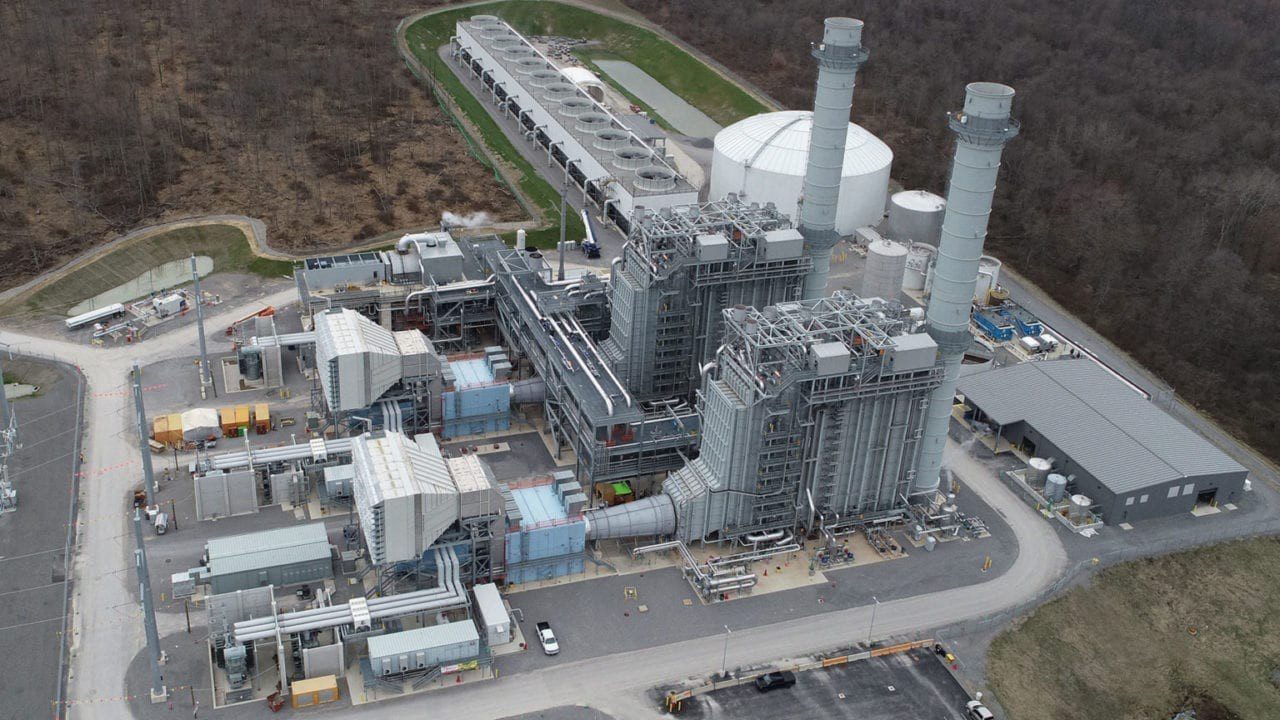The United States led the world in natural gas and oil production throughout 2020, federal Energy Information Administration data highlighted this week, yet Americans continue to face rolling blackouts and electricity supply shortages as demand surges in response to seasonal weather events.
Reliable access to affordable and clean energy should be something all Americans benefit from, but politically-motivated calls to curb all natural gas consumption and use threaten grid reliability.
Having a steady supply of clean energy is essential to keeping Americans cool and safe during these hot summer months, while also assuring prices remain affordable for consumers.
It is well known and documented that natural gas is crucial to overcome these challenges and facilitate the use of intermittent renewable energy. As more wind and solar generating capacity comes online in the next decade to meet aggressive climate pledges, we will need more natural gas to serve as a power source – not less.
In fact, as Progressive Policy Institute researchers wrote in December, “demands to ‘ban fracking’ or keep shale gas ‘in the ground’ are not consistent with a balanced approach to decarbonizing the electric grid.”
This is because natural gas – a dispatchable, affordable fuel source – provides us with the ability to balance ever-increasing global energy demand with environmental protection.
Some of the answers to these electric grid challenges could be solved by looking to our region’s grid operator – the PJM Interconnection – as an example. Natural gas makes up 44% of PJM’s total capacity, per its 2021 summer reliability report, and is in fact ‘overprepared’ to meet this summer’s demand increase. PJM also does not predict any reliability challenges, a stark difference from those out west and in the northeast.
Importantly, these reliability gains are happening alongside meaningful environmental progress. According to the report, PJM’s power generator emissions (including carbon dioxide, nitrogen oxides, and sulfur dioxide) declined 11% from 2019 levels.
The future of American energy generation is simple: natural gas and renewable sources working together to deliver cleaner, more reliable energy. As a recent General Electric whitepaper points out, neither natural gas nor renewables will “be sufficient alone” in achieving decarbonization efforts – we must leverage both.
Locally, projects like Pittsburgh International Airport’s (PIT) newly unveiled microgrid – which uses a mix of solar energy and natural gas drilled onsite – offer a glimpse of how these two resources can achieve energy and environmental goals.
The project uses natural gas produced right onsite to efficiently feed turbines that provide airfield terminals and main public areas with electricity, while more than 9,000 solar panels across eight acres will supply power to the other areas on the airport’s property.
Together, the microgrid will produce 23MW of electricity, a majority (20MW) of which will be generated with natural gas.
“One of the things we discovered a number of years ago with the Marcellus Shale was that the airport was able to utilize the natural gas along with the solar to provide power to the microgrid, which will be the first in the world to be able to power its own operations at the airport,” Allegheny County Executive Rich Fitzgerald told KDKA. “One thing that’s important and that people need to remember is the resiliency. Because we’ve seen over the last few years a couple of airports that have lost power, and those of us in living western Pennsylvania know that many have lost power because of summer storms.”





